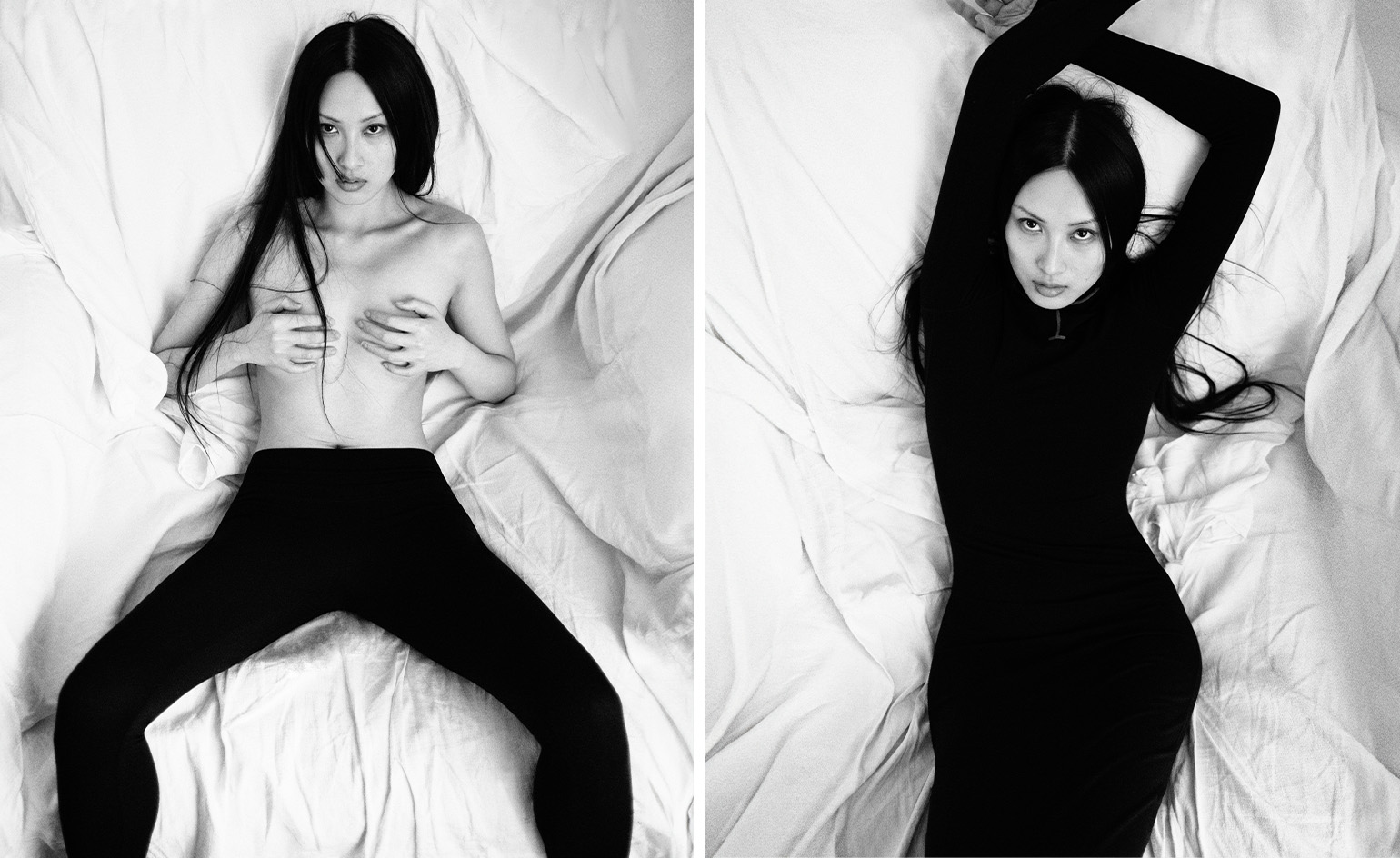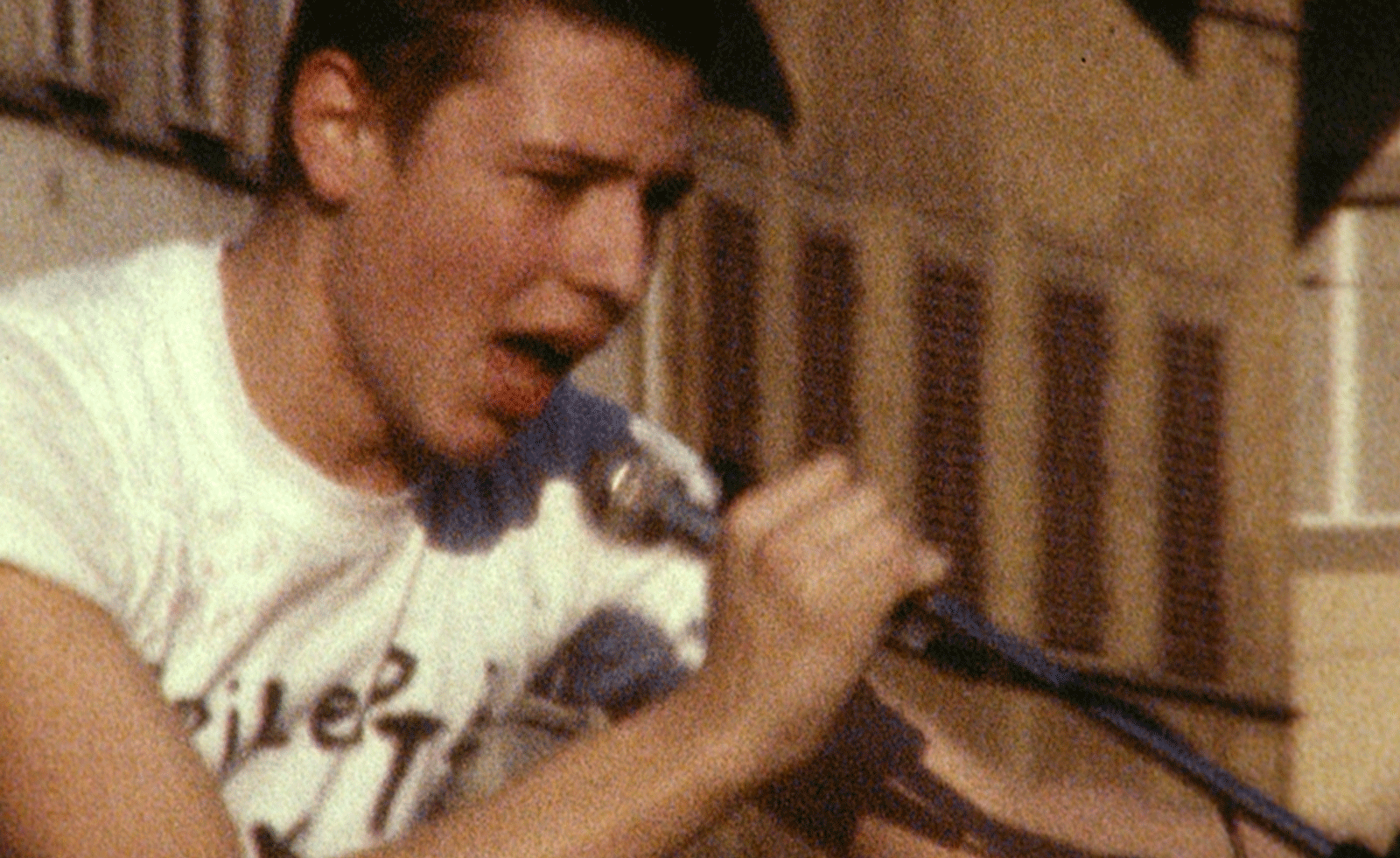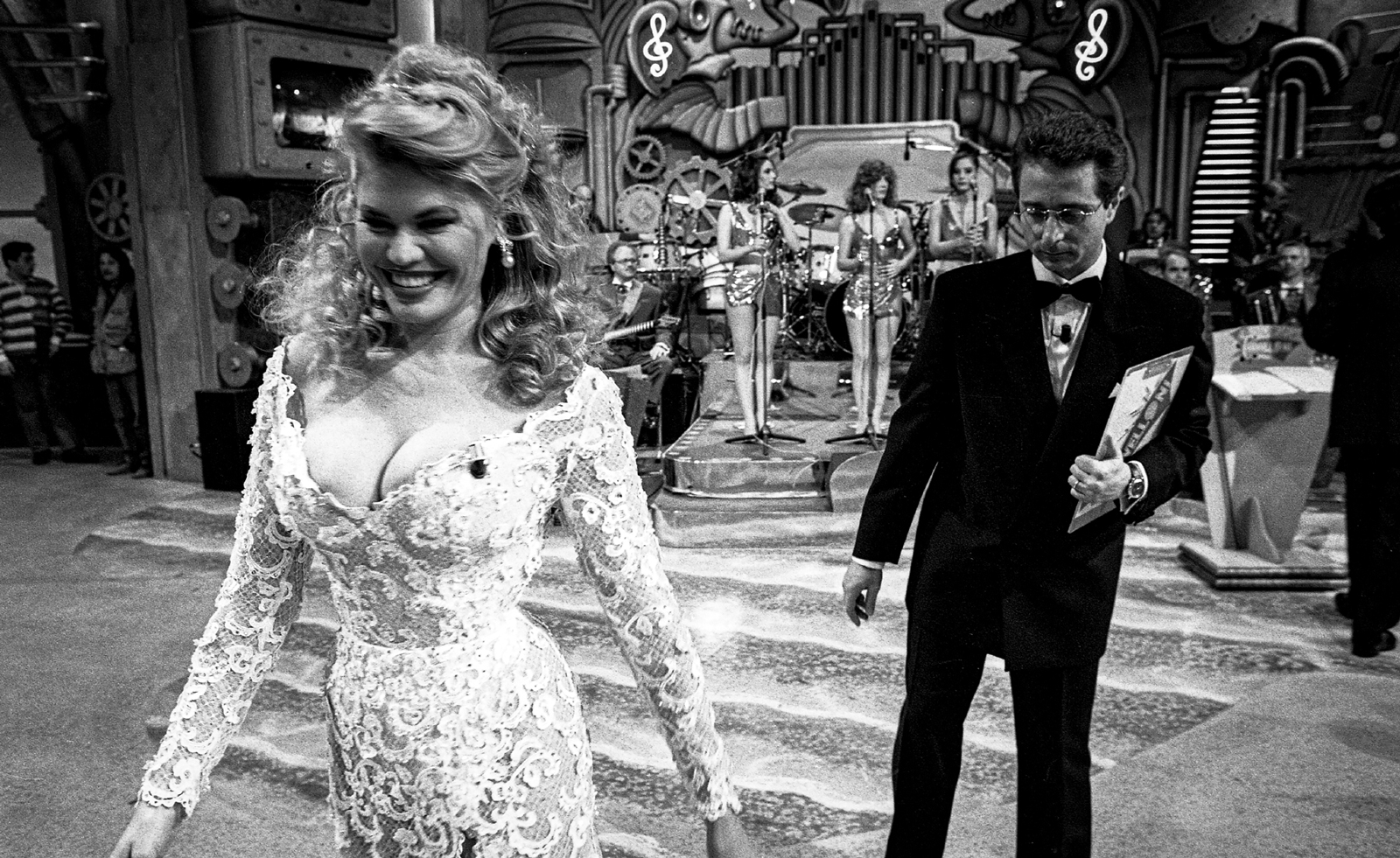Call of the wild: Giuseppe Penone is in his element at Château La Coste

Revealed earlier this month, a series of recent works by Giuseppe Penone is being exhibited in the Renzo Piano-designed pavilion at Château La Coste, the sumptuous Provençal property that combines vineyards, hospitality and large-scale contemporary art.
But before entering the compact architectural space – located just steps beyond Frank Gehry’s reconstructed Serpentine Pavilion from 2008 – visitors will confront two of Penone’s works that have been placed outside. The first consists of a barren bronze tree rising nearly 13m, into which a massive rock precariously nestles, with a second rock resting safely on the ground. The other is a giant slab of upright Carrara marble sculpted with veined patterning in low and high relief – either mimicking the stone itself or else a vaguely anthropomorphic reference.
If it seems obvious that these works are in dialogue with their surroundings – a leafless tree amid a verdant setting, the marble’s irregular peephole offering a picturesque view to an expanse of vines – Penone alternately points out his intention to communicate with the architecture. The slab, by complete coincidence, picks up the exact sloping line of Piano’s exterior concrete wall, while the tree begins another perspective line to his marble and bronze trunk sculpture at the rear side of the sunken building, where a narrow reflecting pool and grassy knoll fill the backdrop.
‘You see a link created with the elements of the space,’ notes the artist, who began his tireless career nearly 50 years ago as a young member of the Arte Povera movement. While the two Italian talents have known each other for some time, they have never directly collaborated; for the exhibition programme, the architect volunteered a sketch of the project.

Installation view of ‘Giuseppe Penone: Des Corps de Pierre’
Speaking with Wallpaper* from the lobby of the Villa La Coste hotel, perched above the pavilion, Penone explains how this presentation of eight works, including five recent drawings, furthers his expression of identity via elemental materials both large (one sculpture weighs nearly a tonne) and small (a natural grain of sand accompanied by a sculpted counterpart). Within the title Des Corps de Pierre (‘The Bodies of Stone’) is the notion that no two bodies – not natural river stones, not even pencil dots on paper – can be considered identical.
‘There is not a grain of sand that is identical to another. To try and make two identical grains, you introduce a system in the world that is completely artificial,’ he says, adding how this one – ostensibly identical to the human eye – involved the assistance of a nanotechnology expert in Grenoble and that future versions will be even more indistinguishable. ‘In language, there aren’t actually that many possibilities to recognise the visual characteristics [of stone] like with humans or animals. So we always try to understand these things with our own bodies and our thoughts.’
This sentiment accounts for his drawing of four coloured marks at the centre of a pointillist eye, as part of a series called Identità (‘Identity’). Arguably, however, within the context of Piano’s gallery, where natural light fills the space indirectly, Penone’s ideas need not be fully grasped to be appreciated. What registers most is how the compositions feel deeply grounded – or else penned to the walls – making his presence felt in ways both substantial and metaphysical.
His recurring depiction of trees confirms as much: ‘It’s a living form that memorises its entire existence in its structure. It’s a perfect sculpture that is able to show the necessity of its life. It’s this perfection that allows it to function anywhere – whether placed in a desert or a forest.’
On that note, once the exhibition ends and his trees have been uprooted, does Penone feel he will have left a trace on the property? ‘Of course,’ he replies enthusiastically. ‘I have been walking on the soil of the vines many times. That soil will remember that I have been there.’

Installation view of ‘Giuseppe Penone: Des Corps de Pierre’

Installation view of ‘Giuseppe Penone: Des Corps de Pierre’
INFORMATION
‘Giuseppe Penone: Des Corps de Pierre’ is on view until 26 November. The next exhibition at Château La Coste, ‘Your Way’ by Jeppen Hein, opens on 30 September. For more information, visit the Château La Coste website and the Marian Goodman Gallery website
ADDRESS
Château La Coste
2750 Route De La Cride
13610 Le Puy-Sainte-Réparade
Receive our daily digest of inspiration, escapism and design stories from around the world direct to your inbox.
-
 Winston Branch searches for colour and light in large-scale artworks in London
Winston Branch searches for colour and light in large-scale artworks in LondonWinston Branch returns to his roots in 'Out of the Calabash' at Goodman Gallery, London ,
-
 The most anticipated hotel openings of 2026
The most anticipated hotel openings of 2026From landmark restorations to remote retreats, these are the hotel debuts shaping the year ahead
-
 Is the future of beauty skincare you can wear? Sylva’s Tallulah Harlech thinks so
Is the future of beauty skincare you can wear? Sylva’s Tallulah Harlech thinks soThe stylist’s label, Sylva, comprises a tightly edited collection of pieces designed to complement the skin’s microbiome, made possible by rigorous technical innovation – something she thinks will be the future of both fashion and beauty
-
 A forgotten history of Italian artists affected by the HIV-AIDS crisis goes on show in Tuscany
A forgotten history of Italian artists affected by the HIV-AIDS crisis goes on show in Tuscany‘Vivono: Art and Feelings, HIV-AIDS in Italy. 1982-1996’, at Centro per l'Arte Contemporanea Luigi Pecci in Prato delves into the conversation around the crisis
-
 Creativity and rest reign at this Tuscan residence for Black queer artists
Creativity and rest reign at this Tuscan residence for Black queer artistsMQBMBQ residency founder Jordan Anderson sparks creativity at his annual Tuscan artist residency. Wallpaper* meets him to hear about this year's focus.
-
 Photographer Mohamed Bourouissa reflects on society, community and the marginalised at MAST
Photographer Mohamed Bourouissa reflects on society, community and the marginalised at MASTMohamed Bourouissa unites his work from the last two decades at Bologna’s Fondazione MAST
-
 Ten super-cool posters for the Winter Olympics and Paralympics have just been unveiled
Ten super-cool posters for the Winter Olympics and Paralympics have just been unveiledThe Olympic committees asked ten young artists for their creative take on the 2026 Milano Cortina Games
-
 Contemporary artist collective Poush takes over Château La Coste
Contemporary artist collective Poush takes over Château La CosteMembers of Poush have created 160 works, set in and around the grounds of Château La Coste – the art, architecture and wine estate in Provence
-
 Remembering Oliviero Toscani, fashion photographer and author of provocative Benetton campaigns
Remembering Oliviero Toscani, fashion photographer and author of provocative Benetton campaignsBest known for the controversial adverts he shot for the Italian fashion brand, former art director Oliviero Toscani has died, aged 82
-
 Distracting decadence: how Silvio Berlusconi’s legacy shaped Italian TV
Distracting decadence: how Silvio Berlusconi’s legacy shaped Italian TVStefano De Luigi's monograph Televisiva examines how Berlusconi’s empire reshaped Italian TV, and subsequently infiltrated the premiership
-
 Louis Fratino leans into queer cultural history in Italy
Louis Fratino leans into queer cultural history in ItalyLouis Fratino’s 'Satura', on view at the Centro Pecci in Italy, engages with queer history, Italian landscapes and the body itself